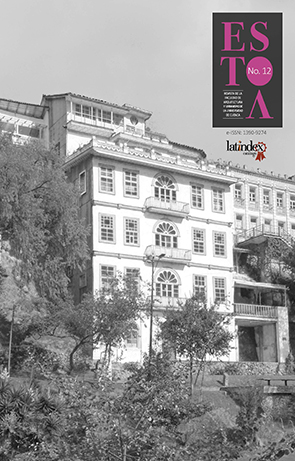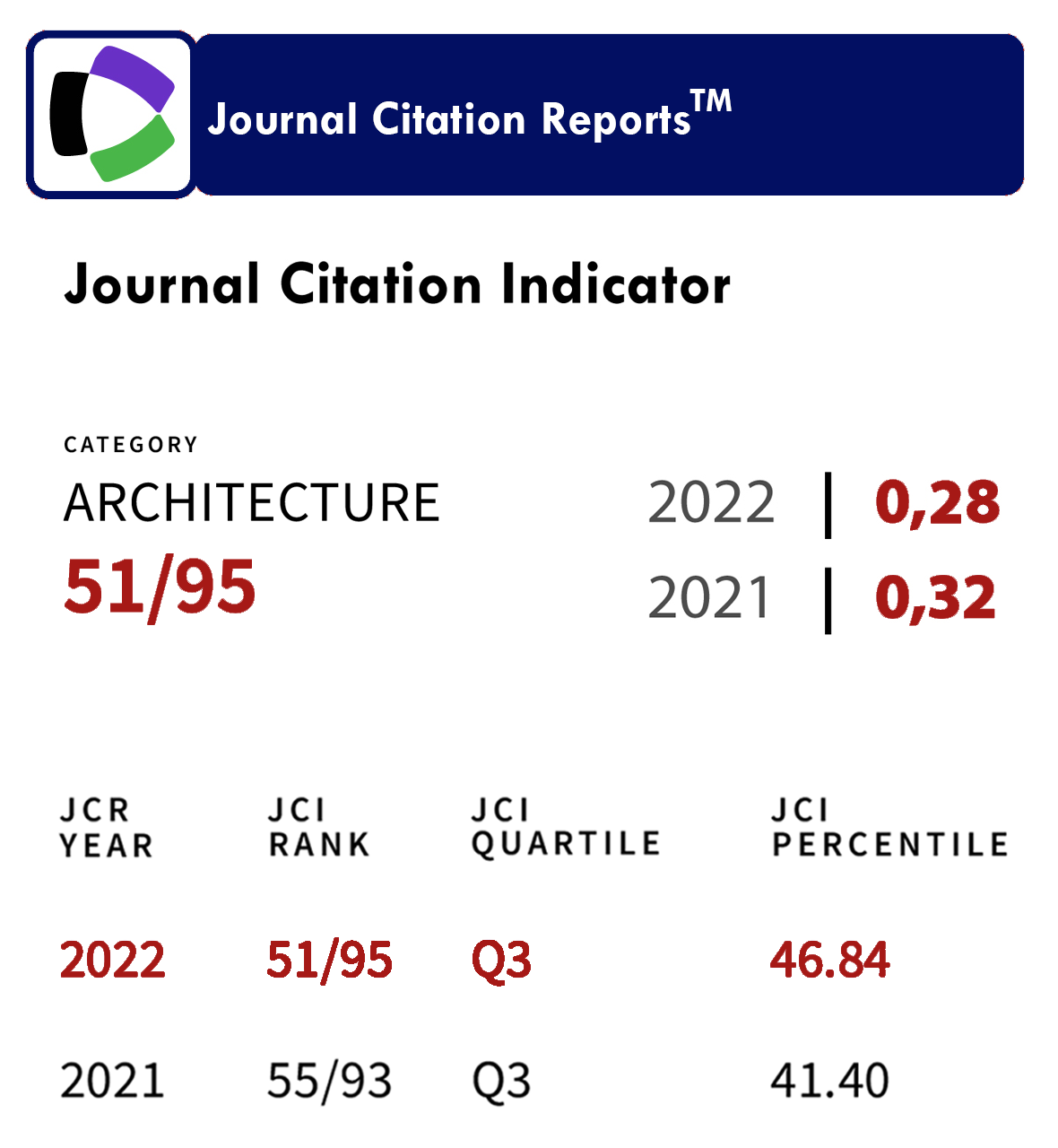Embodyment and experience as a factor of change. From 60’s to 80’s. XX century
DOI:
https://doi.org/10.18537/est.v007.n012.a10Abstract
History show us that architecture is eventually engaged to issues outside it’s concern, because architectural space at same time shows physicall and inmaterial faces, as well as it’s formal and social meaning. On this way, built space, or architectural space, is an assumption of shifting on conceptual theories and paradigm, in sciences and humanities, over main categories and conceptions about space, time, and object-subject, but mainly to join both feeling and thinking, emotion and reflection. This papers is an attempt to look at main issues about architectural object to social and symbolic space related, mainly to the subjective experience of meaning and sense of place. At all, cartesian perspective about subject-object split has been carried to a constructivist and complex perspective where architectural object cant’t be studied if we exclude the environment and symbolic sphere.
Keywords: perception, experience, complexity, critical architecture, built space.Downloads
References
Davies, Colin, Reflexiones sobra la arquitectura. Introducción a la teoría arquitectónica. Trad. Serrano Avilés, Ramón. Barcelona, editorial Reverté, 2011. Impreso
Frampton, Kenneth. Estudios sobre tectónica. Poéticas de la construcción en la arquitectura de los siglos XIX y XX. Madrid, Ed. Akal Arquitectura. 1999. Impreso.
García, Rolando, 2006. Sistemas complejos. Conceptos, método y fundamentación fundamentación epistemológica de la investigación interdisciplinaria. Barcelona, Gedisa.
Heiddegger, M., Building, Dwelling, Thinking. En Neil Leach (editor), Rethinking Architecture. Londres-Nueva York, Routledge. 1997, Pp. 100-124.
Lakoff, George, “Filosofía de carne y hueso”. Ed. Brockman, John, Mente. Barcelona, Ed. Crítica. 2012. Pp. 13- 33.
Mallgrave, Harry Francis, and Goodman, David. An Introduction to Architectural Theory: 1968 to the Present. West Sussex, John Wiley & Sons. 2011. Impreso.
Montaner, Josep María. Sistemas arquitectónicos contemporáneos. Barcelona, Ed. Gustavo Gili. 2013. Impreso.
Montaner, Josep María. Arquitectura y crítica. Barcelona, Ed. Gustavo Gili. 2010. Impreso.
Muntañola, Joseph. “Arquitectonics (mente, territorio y sociedad: una nueva arquitectura para un mejor entorno.” En Arquitectonics: Mente, territorio y sociedad. Barcelona, Ediciones UPC.
Norberg-Schulz, Christian. Los principios de la arquitectura moderna. Trad. Sainz, Jorge. Barcelona, Ed. Reverté. 2005. Impreso.
Norberg-Schulz, Christian. Intenciones en arquitectura. Trad. Sainz Avia, Jorge, y González Fernández Valderrama, Fernando. Barcelona, Ed. Gustavo Gili. 1998. Impreso.
Norberg-Schulz, Christian. Existencia, espacio y arquitectura. Barcelona, Editorial Blume. 1975. Impreso.
Otero-Pailos, Jorge. Architecture’s historical turn. Phenomenology and the rise of posmodern. Minneapolis, University of Minnesota Press. 2010. Impreso.
Pallasmaa, Juhani. Habitar. Trad. Giménez Imirizaldu Álex. Barcelona, Editorial Gustavo Gili. 2016. Impreso.
Pallasmaa, Juhani. The Embodied Image: Imagination and Imagery in Architecture. UK. John Wiley & Sons. 2011. Impreso.
Pallasmaa, Juhani. The thinking hand. Existential and Embodied Wisdom in Architecture. John Wiley & Sons. (2009) 2011. Impreso.
Roth, Leland M. Entender la arquitectura. Sus elementos, historia y significado. Barcelona, Ed. Gustavo Gili. 2013. Impreso.
Published
How to Cite
Issue
Section
License
The Journal declines any responsibility for possible conflicts derived from the authorship of the works that are published in it.
The University of Cuenca in Ecuador conserves the patrimonial rights (copyright) of the published works and will favor the reuse of the same ones, these can be: copy, use, diffuse, transmit and expose publicly.
Unless otherwise indicated, all contents of the electronic edition are distributed under a Creative Commons Attribution-NonCommercial-ShareAlike 4.0 International License.






